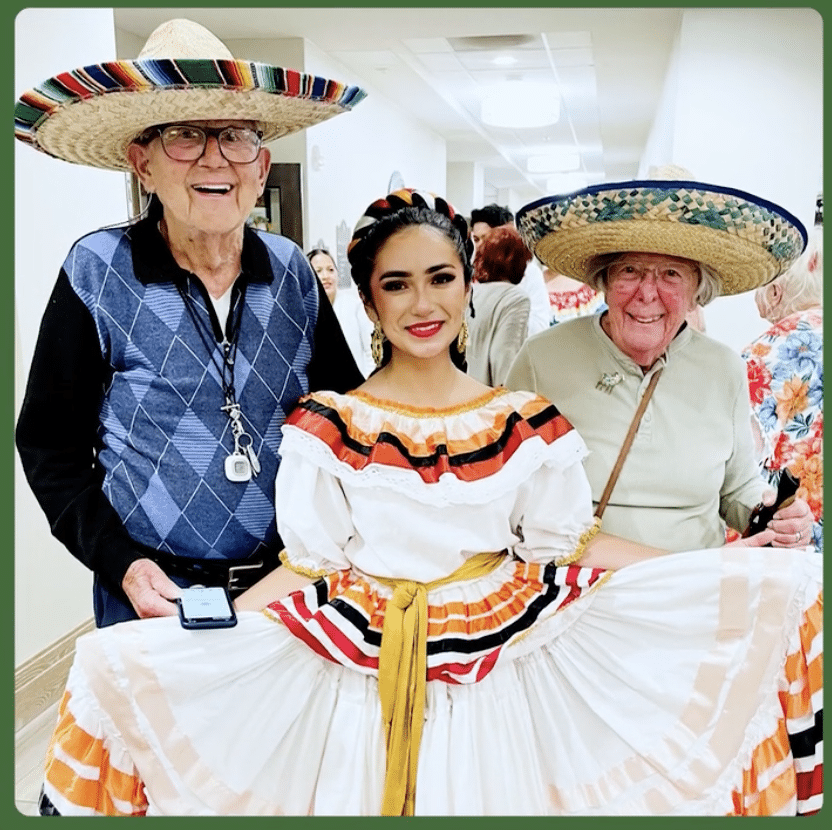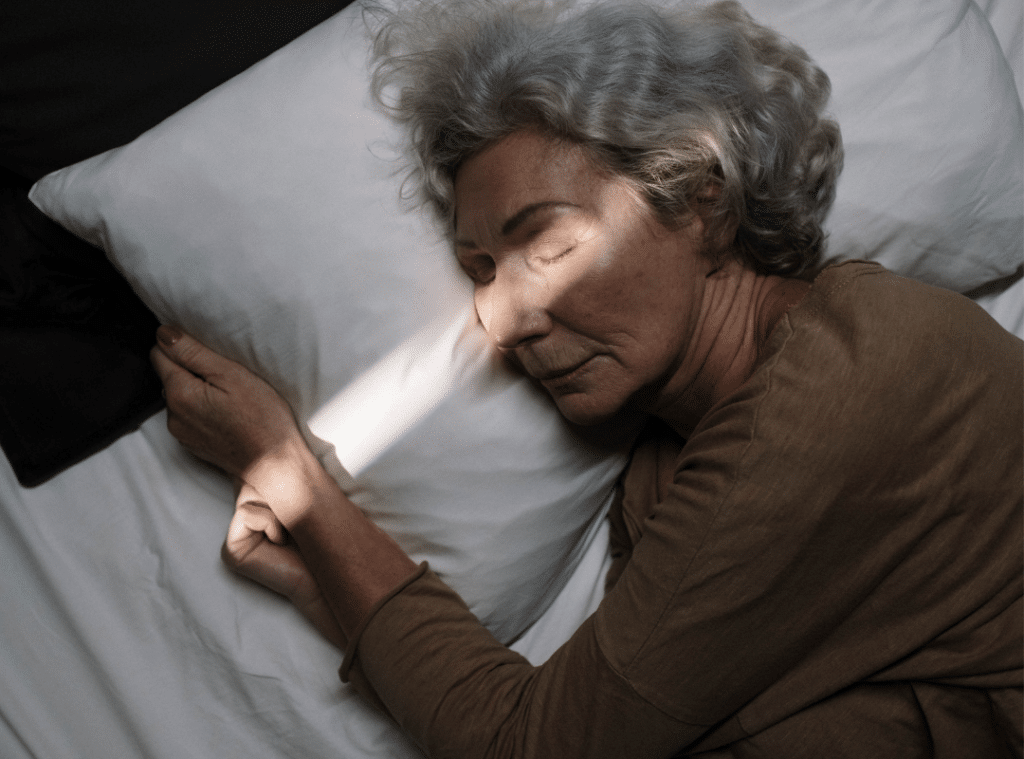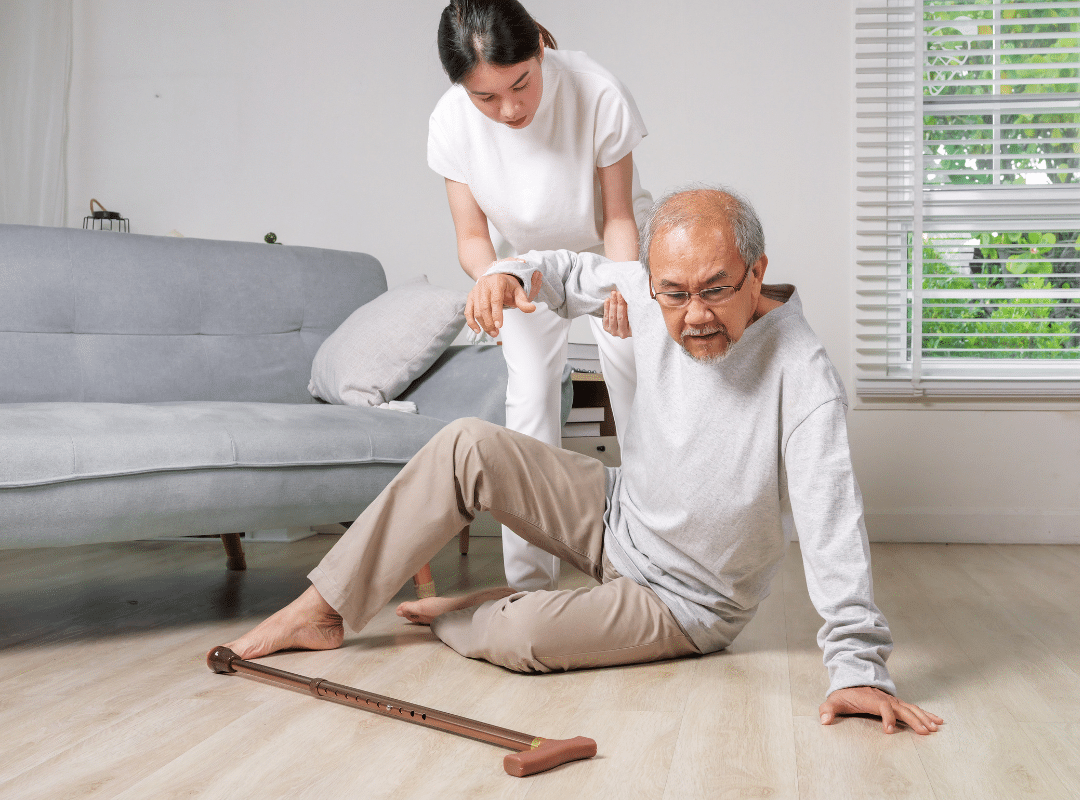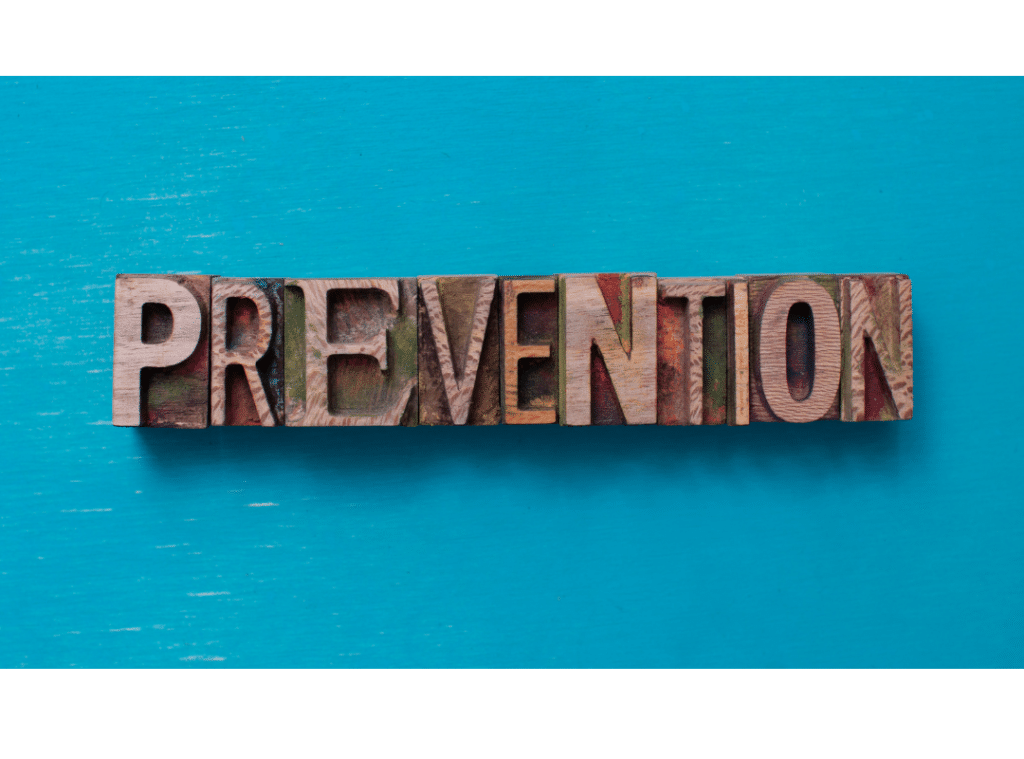Senior Care in Group Homes for Elderly Near Me
Senior Care in Group Homes for the Elderly Near La Mesa, CA
When finding the proper care for your elderly loved ones, Westmont of La Mesa offers senior group homes that can be a compassionate choice. These homes provide a balance of support and independence, allowing residents to thrive in a community setting. With personalized care plans and a focus on safety, you might wonder what specific services are available and how they compare to other options. Let’s explore these critical factors together.
Understanding Senior Group Homes: A Comfortable Living Option
When considering living arrangements for yourself or a loved one, residential group homes near La Mesa, CA, present a comfortable and supportive option. These homes foster a senior lifestyle that emphasizes independence while providing essential assistance. With fewer residents, typically around 5 to 10, you’ll find a close-knit community, encouraging meaningful connections and engagement. Each resident enjoys private or shared rooms in a warm, home-like setting, while common areas promote social interaction. Licensed and regulated, these homes guarantee safety and tailored care, meeting individual needs. By choosing a private group home for seniors, you’re not just selecting a place to live but a nurturing environment where seniors can thrive, remain active, and form lasting friendships. Moreover, the community-centric approach contributes to the overall well-being of residents, ensuring they feel valued and connected.
Comparing Senior Group Homes to Other Care Facilities
When considering senior care, it’s crucial to understand how group homes for seniors with dementia compare to other facilities. While nursing homes provide higher levels of medical care, group homes focus on fostering independence in a smaller, more intimate setting. With fewer residents, these homes create a supportive environment that encourages personal connections and tailored care. Additionally, social connection is essential for promoting overall well-being, which is often enhanced in the close-knit atmosphere of group homes.
Care Levels Comparison
While comparing care levels among different senior living options, it is essential to understand how the cost of a senior group home fits into the broader spectrum of care facilities. These homes provide affordable options for seniors who seek a nurturing environment with a sense of community engagement.
Unlike nursing homes, group homes for dementia patients near La Mesa, CA, focus on lower care needs while maintaining a homely atmosphere that enhances comfort and dignity. Additionally, many residential group homes near La Mesa, CA, incorporate personalized care services to ensure each resident receives tailored support based on their unique needs.
Resident Population Differences
Although you may be considering various care facilities for your loved one, understanding the differences in the resident population is essential. Group homes for seniors with dementia typically host 5 to 10 residents, promoting a close-knit community dynamic that fosters companionship and support. This smaller setting often aligns with resident preferences for a more personalized care experience, unlike more extensive assisted living facilities or nursing homes, which can feel overwhelming. In private group homes for seniors, residents form meaningful relationships, enhancing their emotional well-being. This intimate environment allows caregivers to tailor services to individual needs, ensuring that each resident feels valued and heard.
Services and Amenities Available in Senior Group Homes
In a residential group home in La Mesa, CA, you’ll find services tailored to meet individual needs, ensuring each resident receives personalized care plans that promote their well-being. Daily living assistance, from help with bathing to meal preparation, creates a supportive environment where seniors can thrive. Plus, safety and security features are designed to give you peace of mind, allowing you to focus on enjoying your new home.
Personalized Care Plans
Personalized care plans are essential in group homes for seniors with dementia, ensuring that each resident receives the support they need to thrive. These plans are tailored to individual preferences, fostering a sense of autonomy and dignity.
Daily Living Assistance
Daily living assistance in private group homes for seniors enhances residents’ quality of life. Here, you’ll find compassionate support tailored to individual needs, including help with daily activities like bathing, dressing, and meal preparation. This assistance guarantees personal care while promoting social interaction among residents. Regular transportation to appointments and social outings further enriches their lives, keeping them active and engaged.
Safety and Security Features
While considering a senior group home, you’ll find that safety and security are paramount features designed to protect residents and enhance their peace of mind. These homes implement various measures to guarantee everyone feels secure and cared for, including 24/7 monitoring systems, secure entrances, and trained staff always available for assistance and reassurance.
Cost Considerations and Payment Options for Group Homes
Understanding senior group home costs is vital for making informed decisions about care options. Monthly expenses typically range from $2,500 to $6,000, which can be more affordable than assisted living. Evaluating your loved one’s specific care needs is imperative, as additional costs may arise based on their plans. Exploring financial assistance options like Medicaid, long-term care insurance, or Social Security can ease the financial burden. Developing budgeting strategies can help you allocate funds effectively for this significant shift. Remember, investing in a residential group home in La Mesa, CA, guarantees comfort and well-being, making it a decision worth careful assessment.

Tips for Choosing the Right Senior Group Home
Choosing the right private group home for seniors can feel overwhelming, but a thoughtful approach can make all the difference.
- Visit multiple homes to observe the environment and interactions.
- Inquire about staff training and their qualifications to guarantee quality care.
- Assess community engagement opportunities for residents, fostering social connections.
- Evaluate room options and amenities, ensuring they meet your loved one’s needs.
- Understand the care plans and how they cater to individual requirements.
Resources for Finding Senior Group Homes in Your Area
How do you start your search for the right residential group home in La Mesa, CA? Begin by exploring online directories and community referrals. These resources can connect you with local options that fit your loved one’s needs, guaranteeing you find a supportive and caring environment.
| Resource Type | Description | Examples |
| Online Directories | Websites listing group homes | A Place for Mom, Caring.com |
| Community Referrals | Recommendations from locals | Senior centers, healthcare providers |
| State Licensing Info | Guarantees compliance and safety | State government websites |
| Reviews & Ratings | Feedback from current residents | Yelp, Google Reviews |
Choosing a senior group home can feel like navigating many options, but it’s a journey worth taking for your loved one’s well-being. At Westmont of La Mesa, we provide personalized care and a supportive community, creating a sanctuary where independence flourishes. As you explore your options, remember that the right fit can make all the difference in ensuring your family member feels valued and at home. Trust your instincts, and you’ll find a place that genuinely cares for both heart and soul. For more information, please call us at 619-369-9700.
Frequently Asked Questions
How much does it cost to go to a group home?
The cost of living in a group home varies significantly based on location, amenities, and the level of care provided. Generally, expenses range between $2,000 and $6,000 per month, with some specialty homes costing more due to extensive medical or personal care services. Costs typically cover housing, meals, basic assistance, and social activities. It is essential to consult specific group homes directly to understand all included services and any additional fees.
Does Medicare pay for a group home?
Medicare generally does not cover living costs in a group home, primarily focusing on short-term medical needs rather than ongoing residential care. However, Medicare may cover specific medical services in group homes, such as doctor visits or rehabilitation therapy. Medicaid, on the other hand, may offer partial coverage for group homes in certain states. It’s advisable to review your state’s Medicaid policies or consult a financial advisor for detailed guidance.
How to find a group home?
Finding a suitable group home involves several steps, including identifying specific care needs and desired location. Online directories, referrals from healthcare professionals, local senior centers, and social services agencies can provide valuable leads. Visiting several group homes in person allows you to compare environments, care levels, and costs directly. Additionally, speaking with current residents and reviewing online testimonials or official inspection reports can help ensure a comfortable fit.
What is a group home for the elderly?
A group home for the elderly is a residential setting offering a supportive community environment with personalized care services for older adults. Typically smaller than assisted living facilities, group homes accommodate a limited number of residents, providing a more intimate and homelike atmosphere. Staff members offer assistance with daily activities, medication management, meal preparation, and social engagement opportunities. These homes aim to maintain residents’ independence while ensuring safety and companionship.





















